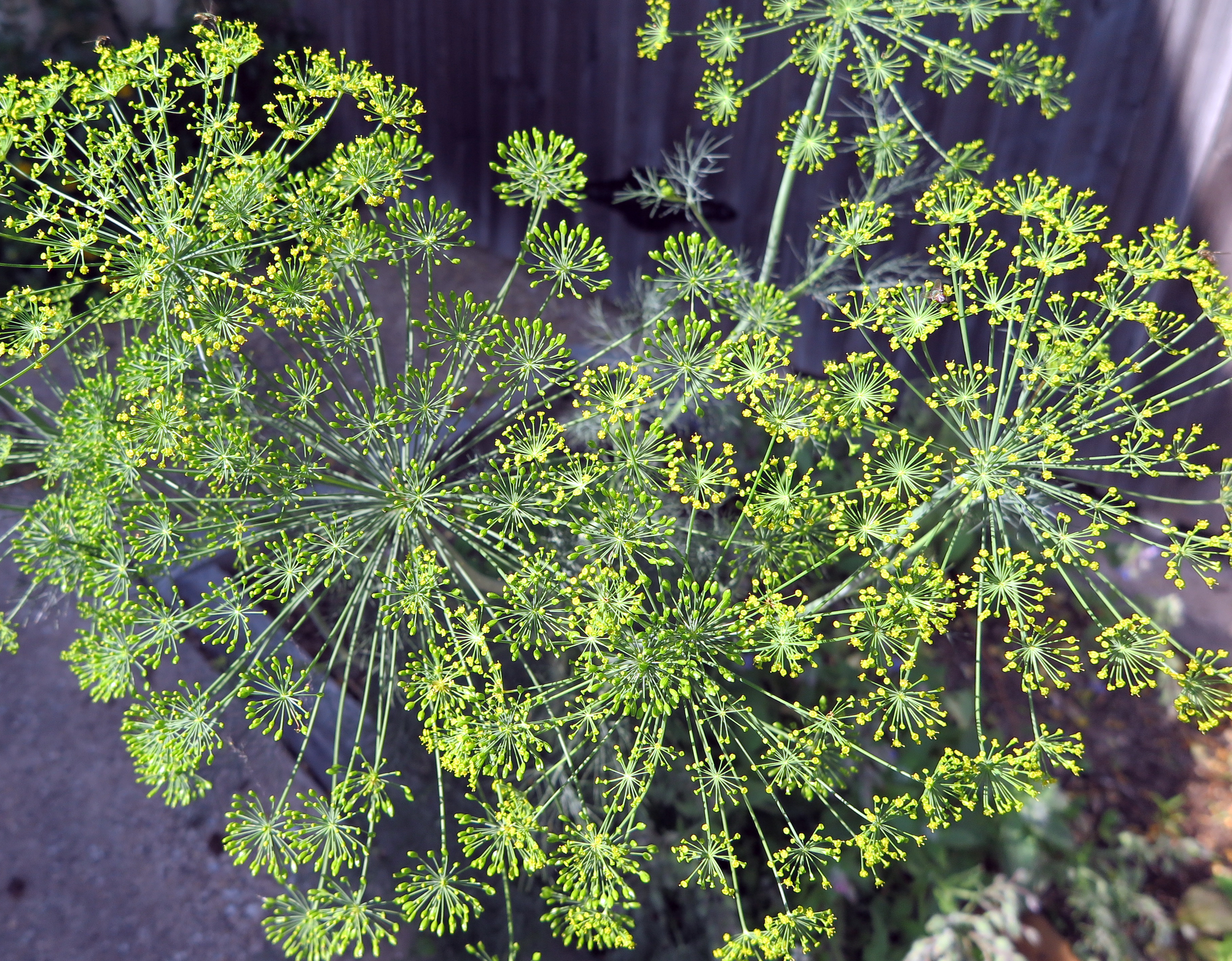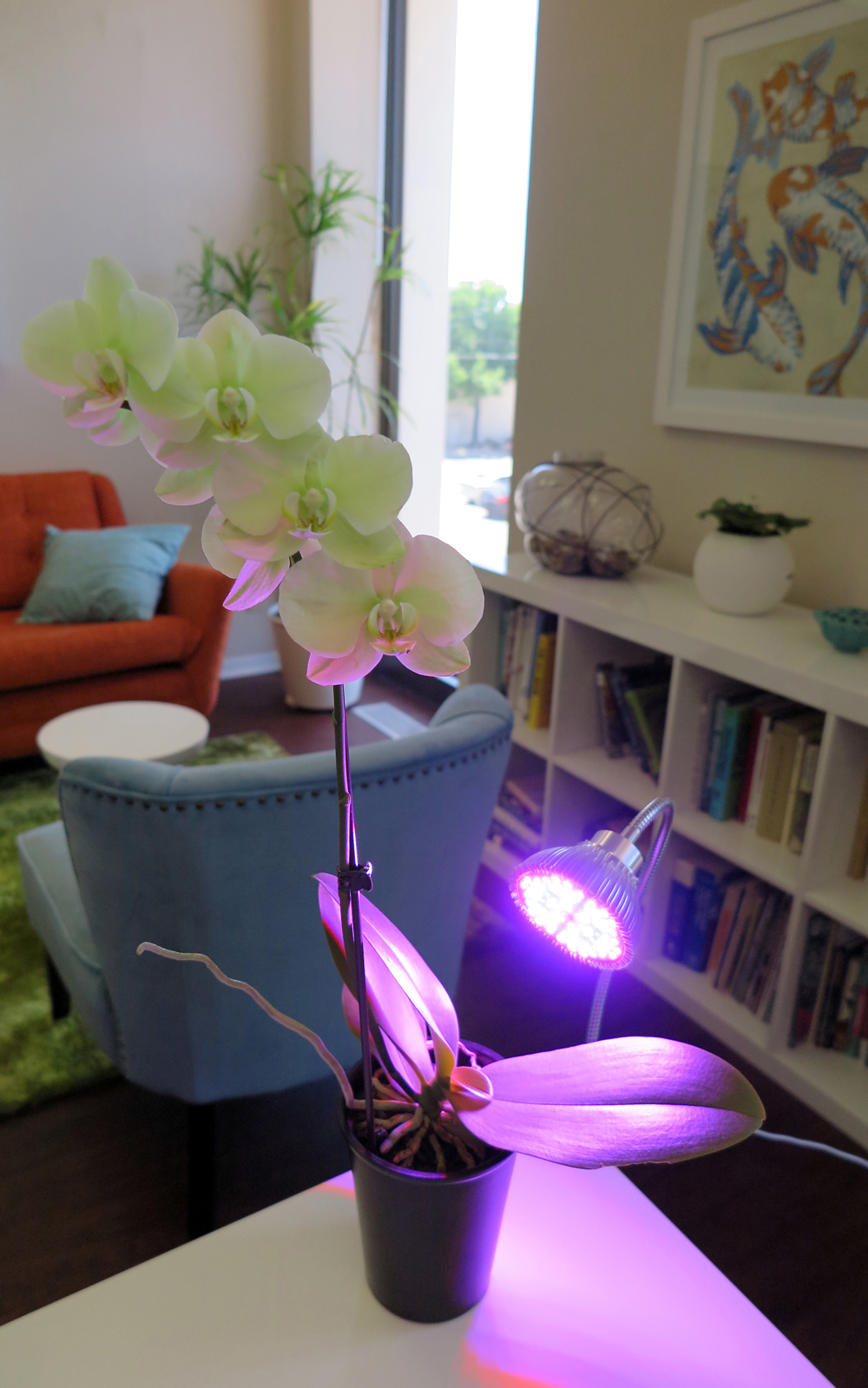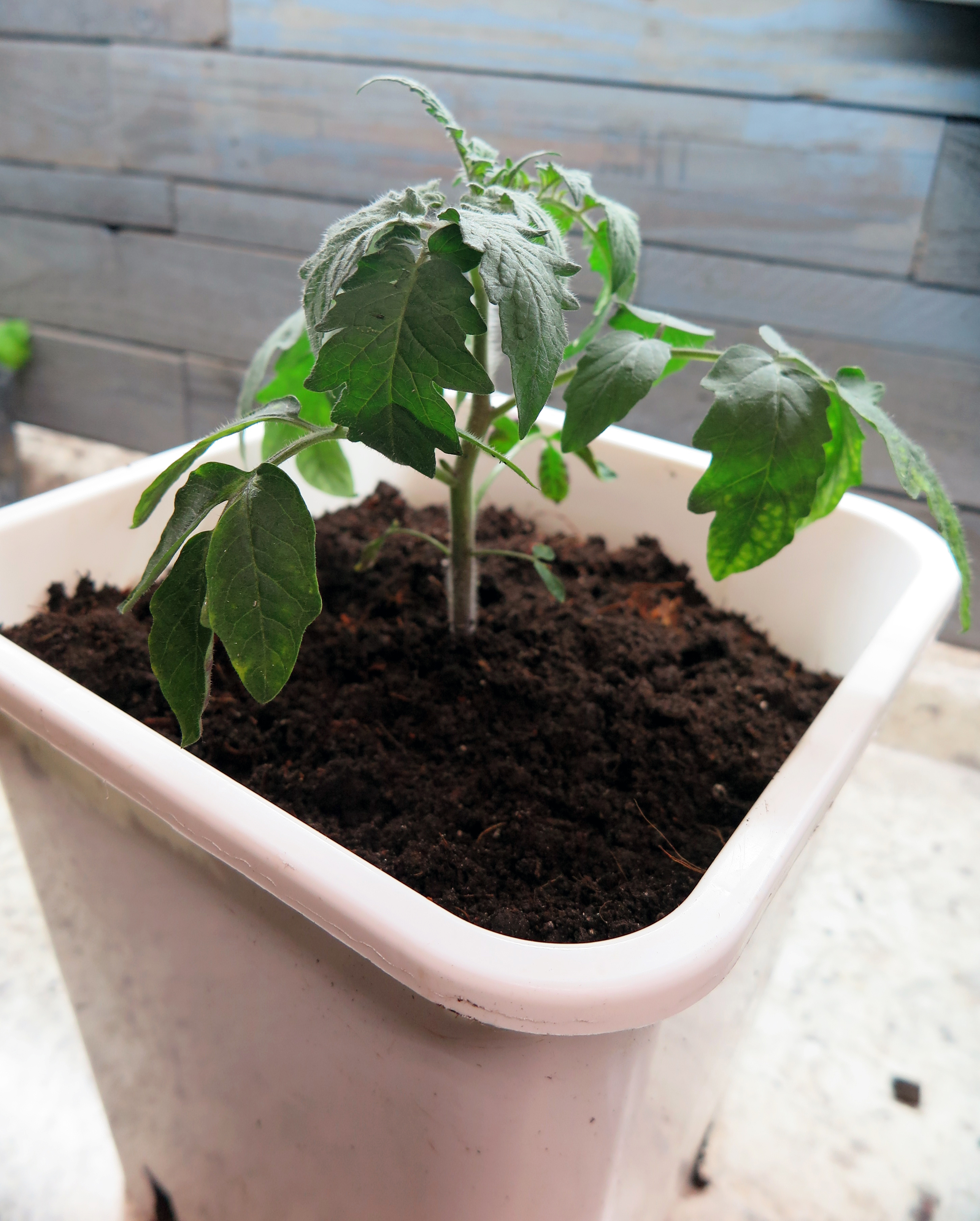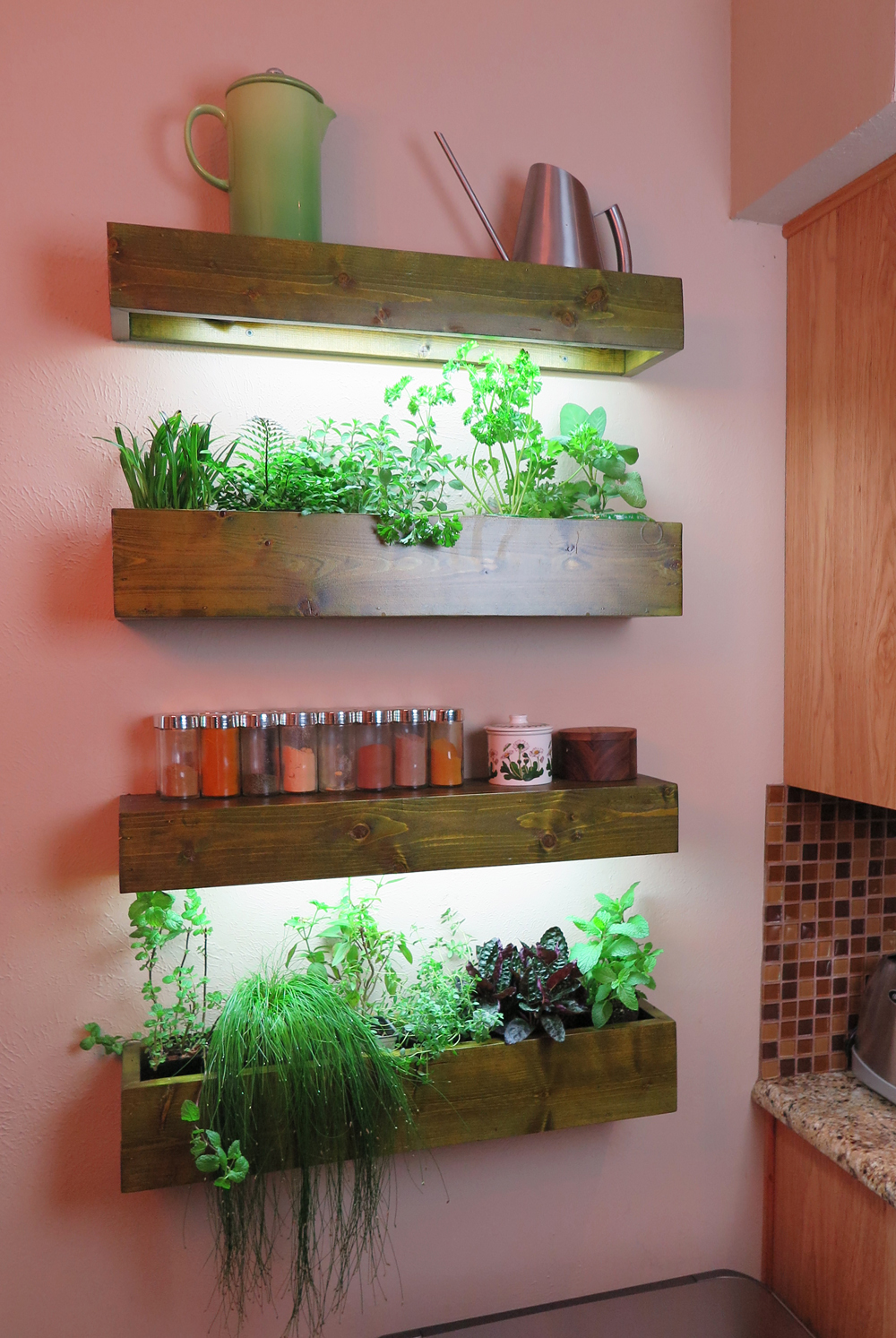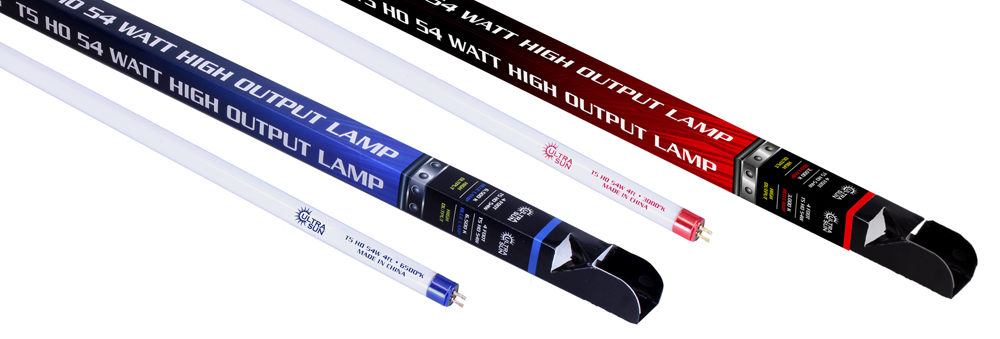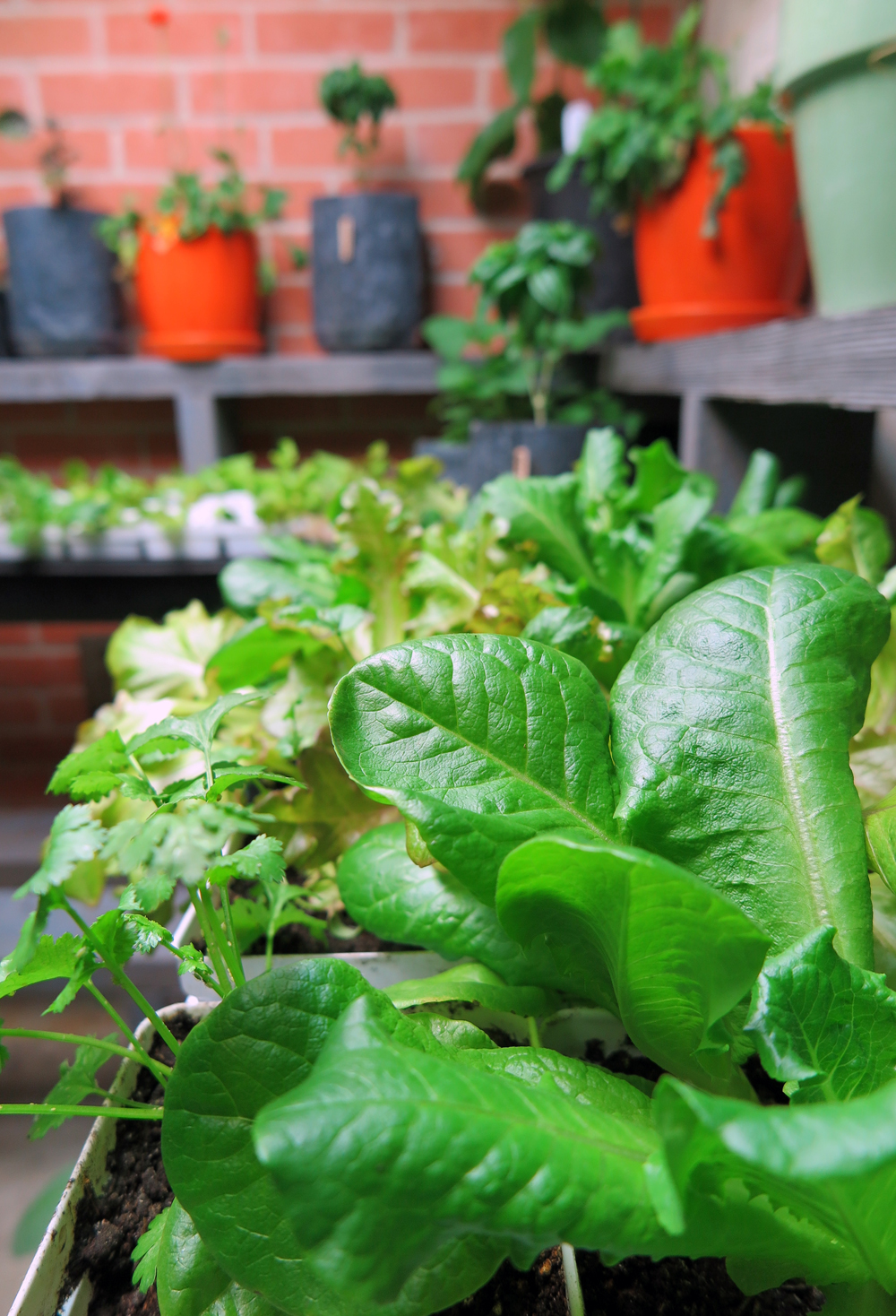Salvia Stem Cutting
January 3, 2019
Some plants, such as salvias, are very easy to propagate from stem cuttings. Keep in mind, the overall health and nutrient levels of the mother plant will have a big impact on the success of your cuttings. Be sure to start with a vigorous, healthy mother plant that has characteristics you want to replicate.

PC: Leslie F. Halleck
Cuttings tend to root better and take off faster if the mother plant has high levels of carbohydrates and less nitrogen. Stop fertilizing your mother plant with nitrogen about a week before you take cuttings.

